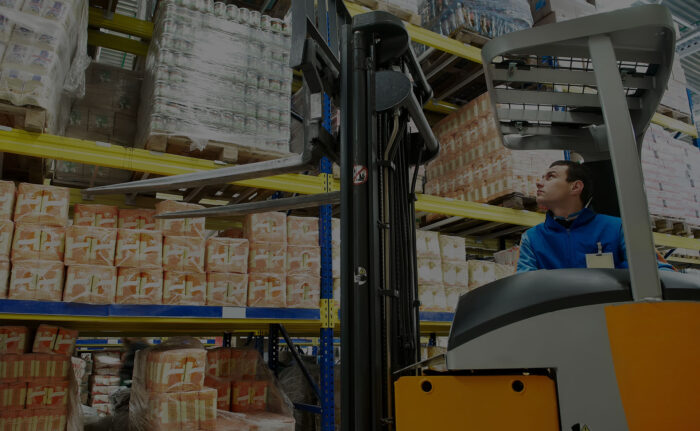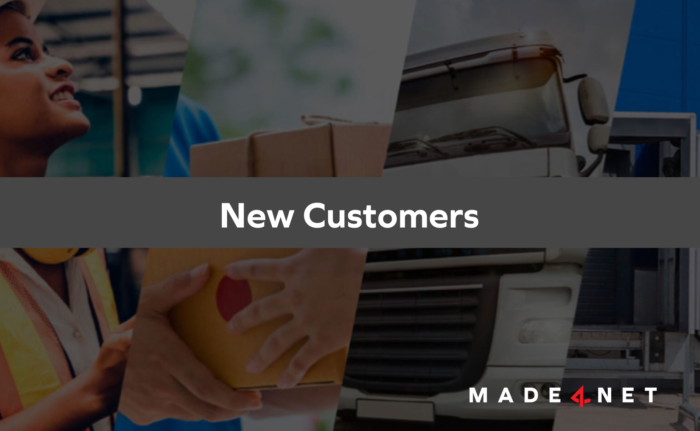
Not only do 3PL operators need to optimize the costs of running their business—through effective technology like a 3PL warehouse management system, maximizing labor productivity, optimzing inventory accuracy and ensuring on time fulfillment —they also need to make sure they’re employing the right 3PL pricing strategies to cover these costs and drive profits.
Whether you’re a seasoned logistics professional or a business owner seeking to optimize your warehouse operations, understanding the most effective pricing models can make the difference between a profitable operation and one that is struggling to keep up. In this post, we’ll explore key 3PL pricing strategies that can help you strike the perfect balance between cost-efficiency and service quality, ensuring your warehouse operations stay profitable in an increasingly competitive marketplace.
How can 3PLs ensure they’re being paid what they’re worth?
3PLs are an invaluable tool for today’s retailers, wholesalers, and manufacturers. Despite their inherent value (and all the perks they so often bring to the table), many 3PL pricing strategies don’t accurately monitor and bill for all tasks and therefore limit earning potential.
Here are 3 key 3PL pricing strategies to consider:
3PL Pricing Strategy #1: Consider Activity-based Billing
3PLs typically use one of two types of billing: manual or activity based.
Manual billing is done, well, manually. A contract is written up and whoever is responsible for billing uses the terms of the contract and the activity recorded to draft an invoice.
Activity-based automatic billing is often built into 3PL billing software. The system picks up the activity and generates an invoice, then the responsible party checks it for accuracy and adds in any relevant accessorial charges. The invoice is then sent through whatever accounting system is used to handle invoices.
When operators use a manual pricing strategy, there’s very little data available to help them make smarter business decisions down the road. Automatic billing, especially when it’s tied into software that spans the supply chain like WMS and LMS systems, can help provide end-to-end visibility into KPIs that matter.
3PL Pricing Strategy #2: Audit for Data Accuracy
How do you make sure that your customers are being billed appropriately? You conduct audits.
Of course, auditing invoices is important. However, without data that tells you how much time and money you’re spending on a particular customer, you don’t really know if what you’re charging is contributing to profitability or taking away from it.
Here’s an example.
Say, a 3PL has ten customers. Their labor force is spread across those ten customers. The nature of one customer’s business means that they cost you several times as many man-hours as other customers. Within the same contract terms as their fellow customers, they’re simply not profitable. However, without quantifying that with hard data, it’s difficult to know the right 3PL pricing strategy for that customer.
Even more pertinent in the long run, it’s difficult to effectively renegotiate that customer’s contract so that they are contributing to overall profitability.
Seeing a customer-by-customer accounting of expenses and income can give you the tools you need to renegotiate contracts (or know when to cut ties). Furthermore, seeing how much certain processes cost you to carry out can help you set more favorable contract terms from the beginning with new customers in the future.
3PL Pricing Strategy #3: Add in Flexibility
The ability to audit effectively is important, but so is the ability to pivot. 3PLs have seen so much change in the past couple of years due to the pandemic. Their customers needed to do things differently to service their customers, and that means changing the scope of the work for which they engage 3PLs.
When the services customers need are ever-changing, 3PLs have to be more flexible than ever. That’s difficult to do with stagnant software. To stay profitable and continue to meet customer demands, today’s 3PL needs a suite of supply chain software that provides both end-to-end visibility and speed to pivot.
Are Your Customers Helping or Hindering?
Some customers contribute to your gross profit and some customers drag you down, negatively impacting the bottom line. Do you have the tools you need to tell the difference? Better yet, do you have the 3PL pricing strategies you need to effectively change the things that are dragging you down?
If you answered no to either of those questions, reach out to the experts at Made4net to request a complimentary supply chain assessment for 3PL providers to learn how our built-in billing solution can help make billing more efficient and provide the visibility you need to be more profitable.
If this post was helpful, you might also want to learn, “What Goes Into Determining Your 3PL Software Pricing?”


